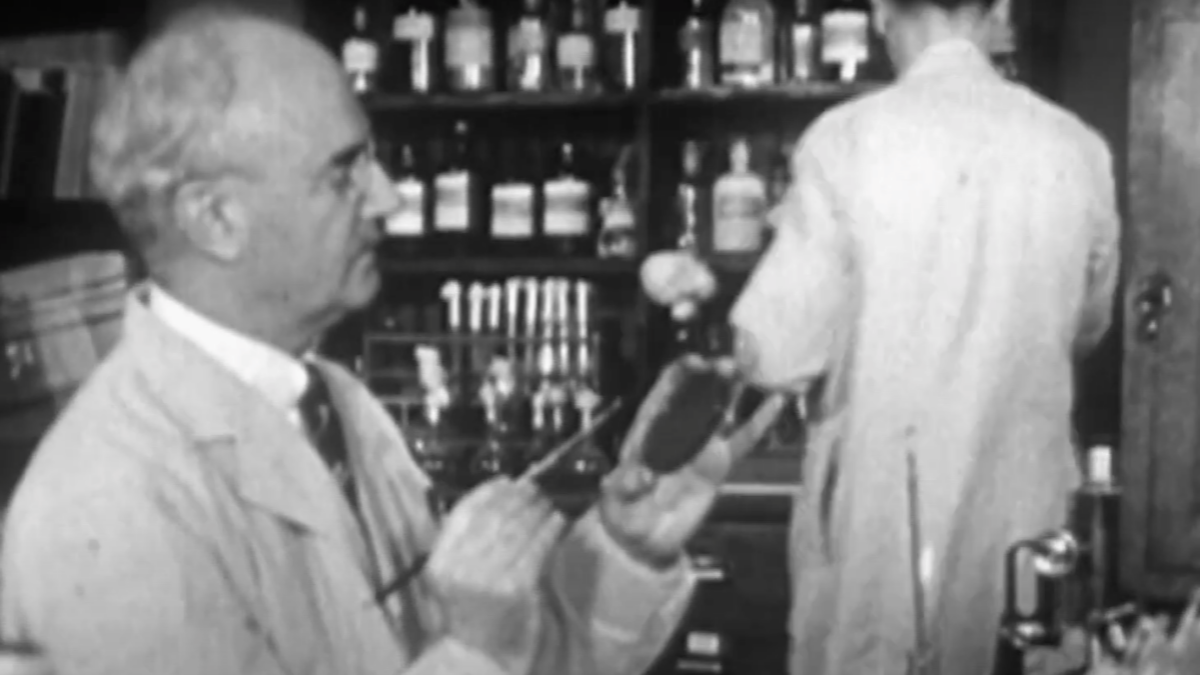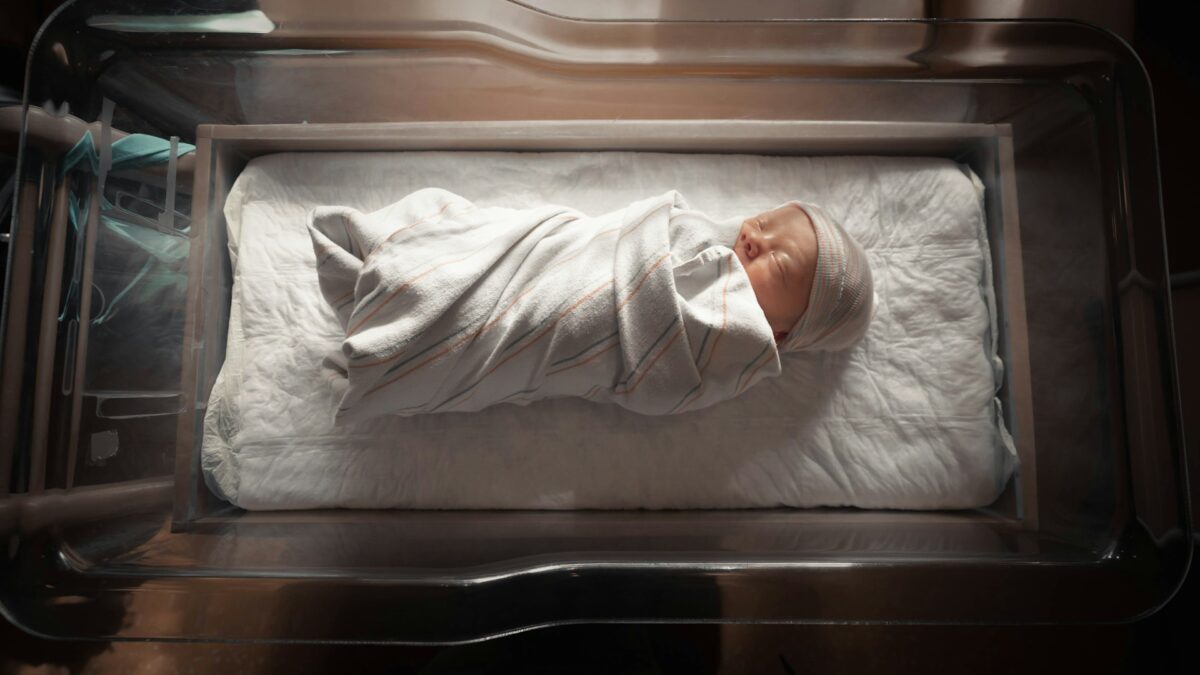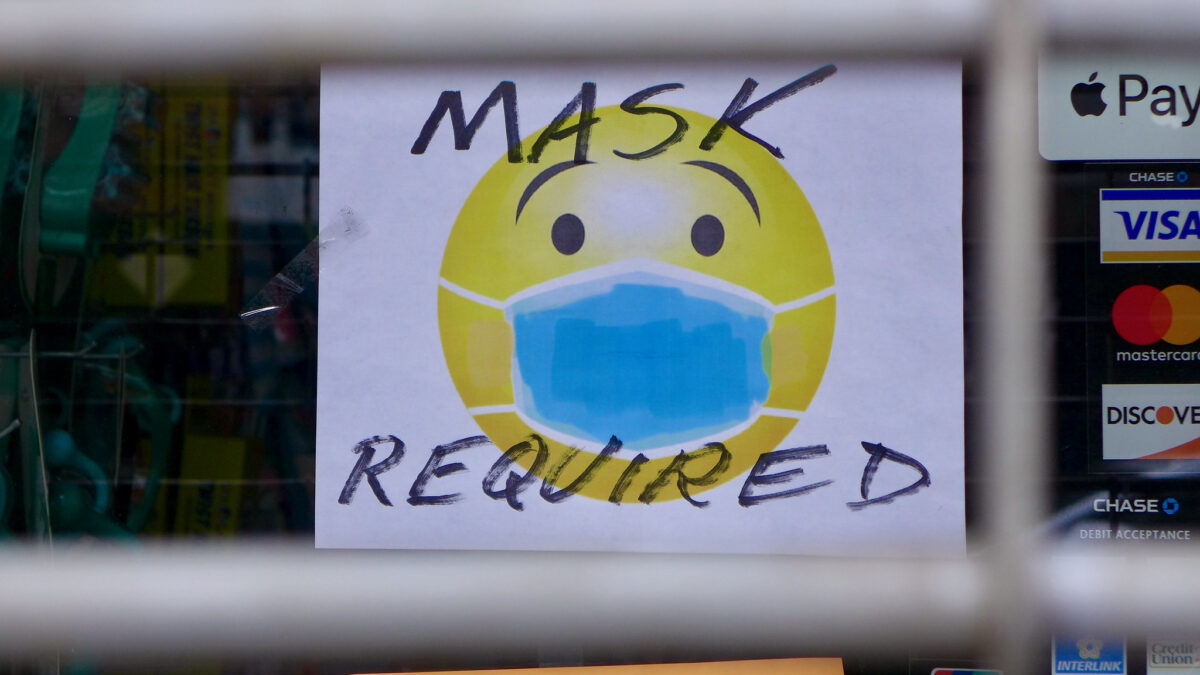There is no denying that normal people fear the rise of artificial intelligence and the nightmare that might come with the rapidly increasing presence of online robots.
While pro-child mutilation and job-stealing bots dominate conversations about a coming dystopia, another hellish threat to our bodies, minds, and souls has lurked for decades.
Thanks to big fertility, dystopia has been on America’s doorstep for years now. Few may realize it, but fears that society will be corrupted by a profit-driven, morally ambiguous industry that takes advantage of humans should have already found cause for concern in assisted reproductive technologies.
It’s clear that, with its ability to redefine even the most complex natural processes and sell them to the public, the test tube baby market embodies the dehumanization of humanity.
The Reproductive Revolution
On July 25, 1978, Louise Brown became the first “test tube” baby to be successfully born of IVF experimentation. Her entry into the world was hailed as “groundbreaking” for the rapidly evolving world of assisted reproduction but was ultimately unsurprising to researchers who devoted decades to IVF.
For years before Brown’s conception, scientists in labs all over the world sought out new methods to meddle with procreation. The first recorded account of such experimentation came in the 1890s at the hand of Cambridge professor Walter Heape, who transplanted rabbit embryos into rabbit uteruses. His work was expanded in 1934 by Gregory Pincus who tried to mix rabbit egg and sperm “in the glass top of his watch and implanted the developing embryo in a surrogate rabbit.”
By 1948, researchers such as Miriam Menkin and John Rock were extracting eggs and sperm from humans and forcing them together in a lab. In 1959, Chinese scientist and birth control developer Min Chueh Chang successfully combined all of the methods used by his reproductive researcher predecessors to see an entire IVF cycle through in a rabbit.
It was in the middle of all reproductive rustling that Aldous Huxley warned against the dangers of manipulating nature in his 1932 novel Brave New World, in which hundreds of clone babies with handpicked genetics are grown in and “born” from pods.
“Call it the fault of civilization. God isn’t compatible with machinery and scientific medicine and universal happiness. You must make your choice. Our civilization has chosen machinery and medicine and happiness,” Huxley’s antagonist, World Controller Mustapha Mond, cheerfully declares in Chapter 17.
Given the fact that the ever-growing global fertility market is expected to become a nearly $1 billion-dollar industry in the near future, it’s apparent that the world took the wrong message from Huxley’s hellish example.
A Failing Social Experiment
There’s nothing wrong with desiring biological children, but the practices society uses to solve Americans’ increasing infertility deprive children of their parents in very unhelpful ways.
Some of the scientists who researched assisted reproduction in the 1900s did so because of their explicit desire to help infertile couples have an opportunity to have biological children through unconventional practices. Others, however, openly flaunted the dilution of the sacred act of reproduction as a means to execute a eugenics agenda that permeates big fertility to this day.
This decades-long “obsession” with harvesting women’s eggs, combining them with sperm, and then trying to keep the newly conceived petri dish children alive resulted in the loss of countless microscopic lives. One such instance occurred in 1973 when the baby at the center of the “first early IVF pregnancy in the world” died in the womb less than one week after being transferred from a lab into a uterus.
Since its beginnings, assisted reproduction has wreaked havoc on women’s bodies and minds, deliberately left innocent children without mothers or fathers, made human existence transactional, effectively doomed millions of unborn lives to frozen orphanages, and created a moral and ethical minefield of problems for generations.
Good intention without good guardrails is exactly the kind of formula required to turn utopic fantasies into dystopian nightmares. Assisted reproduction and artificial intelligence could both use some good guardrails right about now but instead, they are heralded by those in power.
Humanity Is at Risk
Alone, technologies like ART and AI are a great threat to virtue and individualism. The fusion of these two lucrative yet morally ambiguous markets, as researchers all over the globe repeatedly propose, could prove to be more dangerous than ever.
There is a belief among the rich and academic that science and technology can create capabilities beyond humans’ current physical and mental limitations. What was once an obsession with transcending death, however, has shifted in recent years to become an obsession with transcending life.
Assisted reproductive technologies and AI have been named as tools to advance that agenda because both stem from a desire to distance and even detach us from the natural limits of our bodies and minds. People seek reproductive technologies to outpace their biological clocks or navigate the infertility hurdles they unexpectedly face. People seek artificial intelligence because it can perform research and tasks faster than humanly possible.
In reality, that is not a sustainable way to live. Humans need physical and intellectual connections with each other, and both of those are threatened by the rise of ART and AI.









